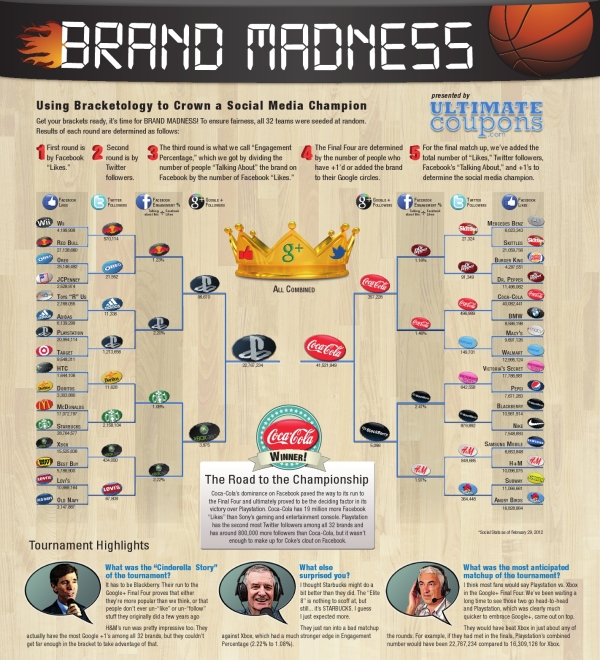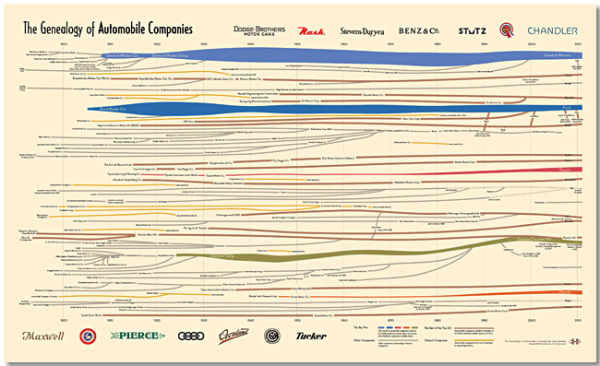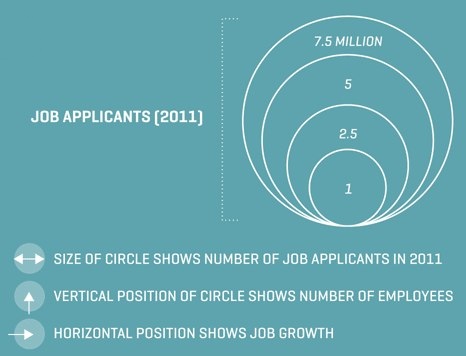Where the Startup Jobs are
Where the Startup Jobs are infographic from StartUphire.com aims to help raise awareness of the lack of qualified people filling technical positions in startups.
StartUpHire, with support from the National Venture Capital Association, is releasing a new infographic today depicting 2011 hiring data for startups. What’s the biggest take away? While most of the country is still sluggish on job creation, startups face the opposite problem- a glut of open technical jobs.
36 percent of all open jobs at startups last year were engineering or technical jobs. However, those two sectors saw only 15 percent of the overall applicant pool trying to fill those positions. This supports evidence of an ever-tightening market for specific skills out there, and the need to keep developing and attracting qualified talent to young startup companies remains critical.
I think if the country wants to know who holds the best hope for meaningful economic growth, we need look no further than our own home grown, innovative, and passionate startup ecosystem.
This is an interesting story to tell, and an infographic is a great way to do it. In a down economy with higher unemployment, there are certain job sectors that still aren’t getting enough qualified candidates!
Obviously, everyone assumes there are startup jobs in California (in Silicon Valley), but the map clearly shows startup positions that have been filled across the country. Visually, the size of the state callout boxes and text seems to imply how big the numbers or for each state; however, that’s not the case and it’s misleading the reader. Massachusetts had a higher number of job posts than Texas, but the callout text is much smaller.
The circle sizes in Job Posts by Industry appear accurate, which is where many designs make mistakes. I also like the Areas of Expertise chart, and how the positions are arranged along the X-axis in order of the disparity between open positions and the number of applicants. That conveys an additional level of information to the reader.
I was disappointed to see the last couple of statistics in the design didn’t get the data visualization treatment. Show a visualization of 27% and give the 502 number some visual context to show how big that number actually is. The URL for the original infographic is included at the bottom, but there should also be a copyright statement in the design.
Thanks to Robin for sending in the link!









 Randy
Randy










